News & Events
Home - Science - Research Centers - Waitt Advanced Biophotonics Center - News & Events
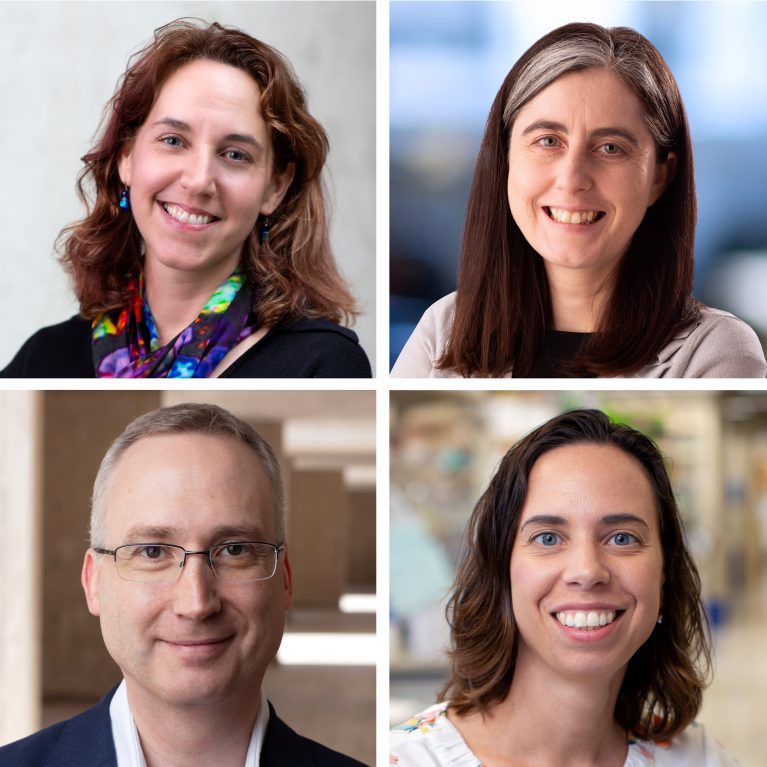
LA JOLLA—The Salk Institute will receive $20 million over four years from the NOMIS Foundation to launch a new Neuroimmunology Initiative within the Institute’s NOMIS Center for Immunobiology and Microbial Pathogenesis. By funding research programs, faculty recruitment, and pilot grants, the generous gift will enable Salk scientists to develop a deep understanding of the crosstalk between the immune and nervous systems and the role it plays in health and disease.
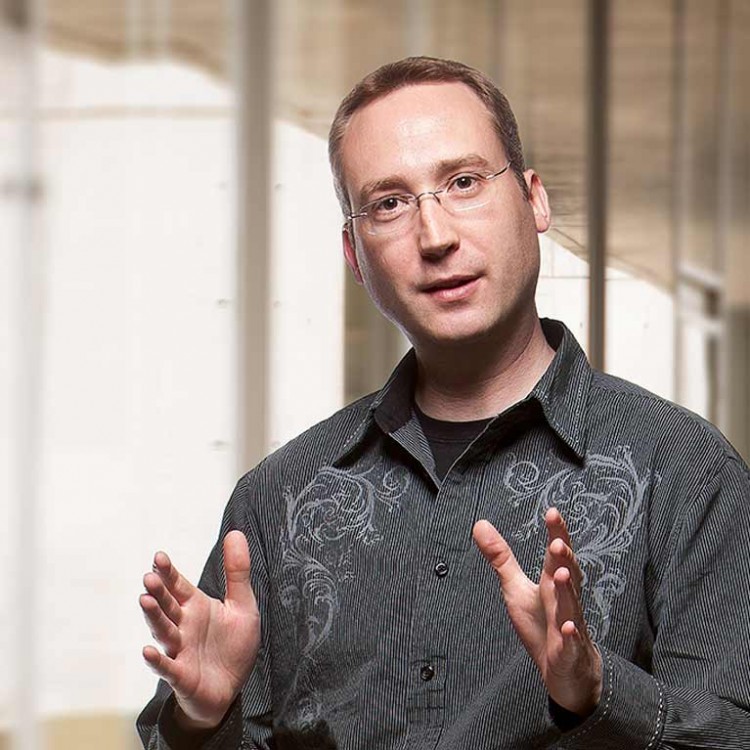
LA JOLLA—In recognition of his notable and innovative contributions to science, the Salk Institute’s Axel Nimmerjahn has been promoted from associate professor to full professor. The promotion is based on Salk faculty and Nonresident Fellow recommendations and was approved by Salk’s president and Board of Trustees on April 19, 2024.
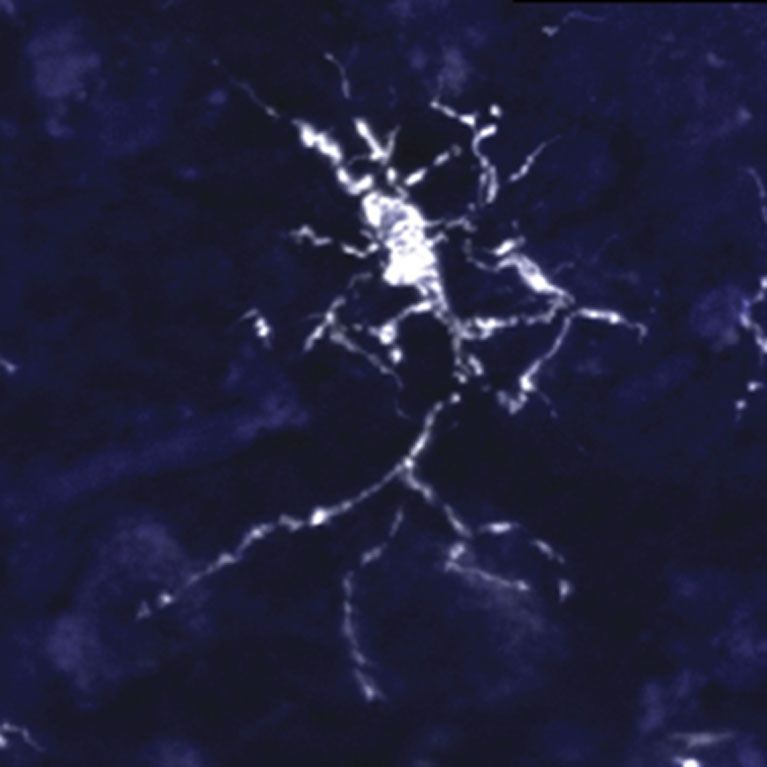
LA JOLLA—Situated at the intersection of the human immune system and the brain are microglia, specialized brain immune cells that play a crucial role in development and disease. Although the importance of microglia is undisputed, modeling and studying them has remained a difficult task.
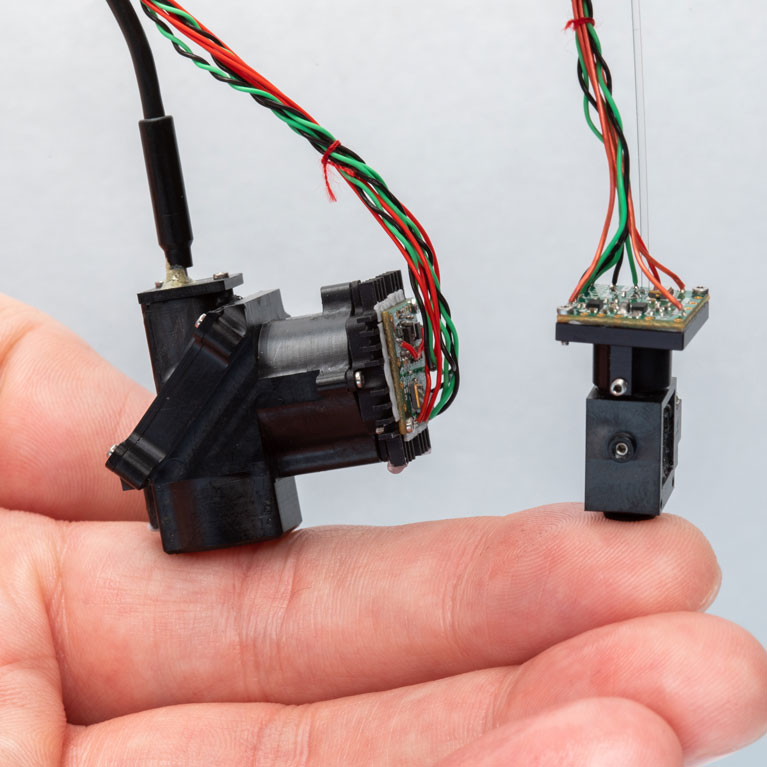
LA JOLLA—The spinal cord acts as a messenger, carrying signals between the brain and body to regulate everything from breathing to movement. While the spinal cord is known to play an essential role in relaying pain signals, technology has limited scientists’ understanding of how this process occurs on a cellular level. Now, Salk scientists have created wearable microscopes to enable unprecedented insight into the signaling patterns that occur within the spinal cords of mice.
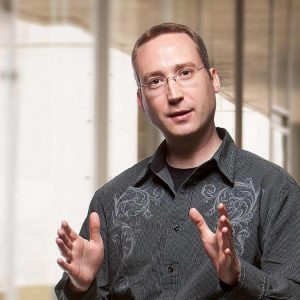
LA JOLLA—Salk Associate Professor Axel Nimmerjahn is leading a research team that has been awarded $11.2 million by The Brain Research through Advancing Innovative Neurotechnologies (BRAIN) Initiative, an effort that aims to investigate overarching principles of brain circuit function, including sensation, perception, decision-making and motor control. Nimmerjahn will lead an interdisciplinary five-year project investigating how astrocytes, star-shaped cells in the brain, process and modulate signals from neurons to better understand overall brain function.
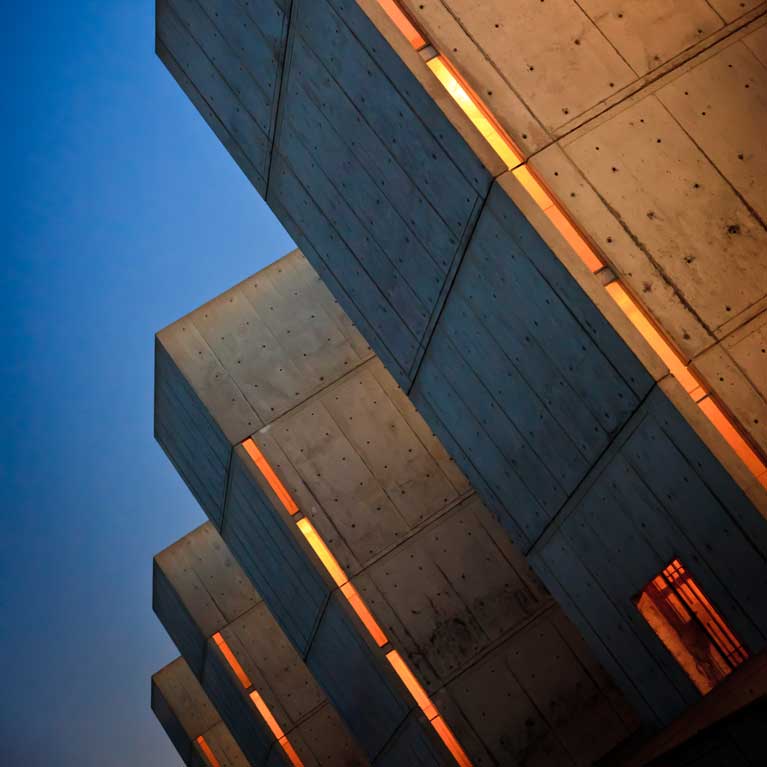
LA JOLLA—When looking at a complex landscape, the eye needs to focus in on important details without losing the big picture—a charging lion in a jungle, for example. Now, a new study by Salk scientists shows how inhibitory neurons play a critical role in this process.
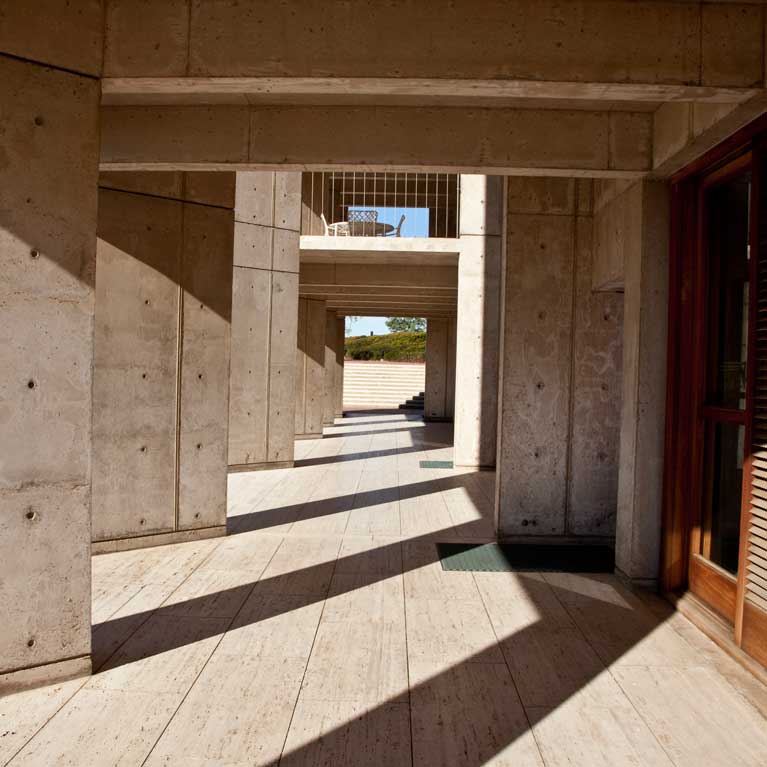
LA JOLLA—Salk Staff Scientist Uri Manor, director of the Waitt Advanced Biophotonics Core Facility, will receive $690,116 over three years from the Chan Zuckerberg Initiative (CZI) as one of 22 CZI Imaging Scientists, to develop new open-source imaging tools and data sets while expanding his educational outreach.
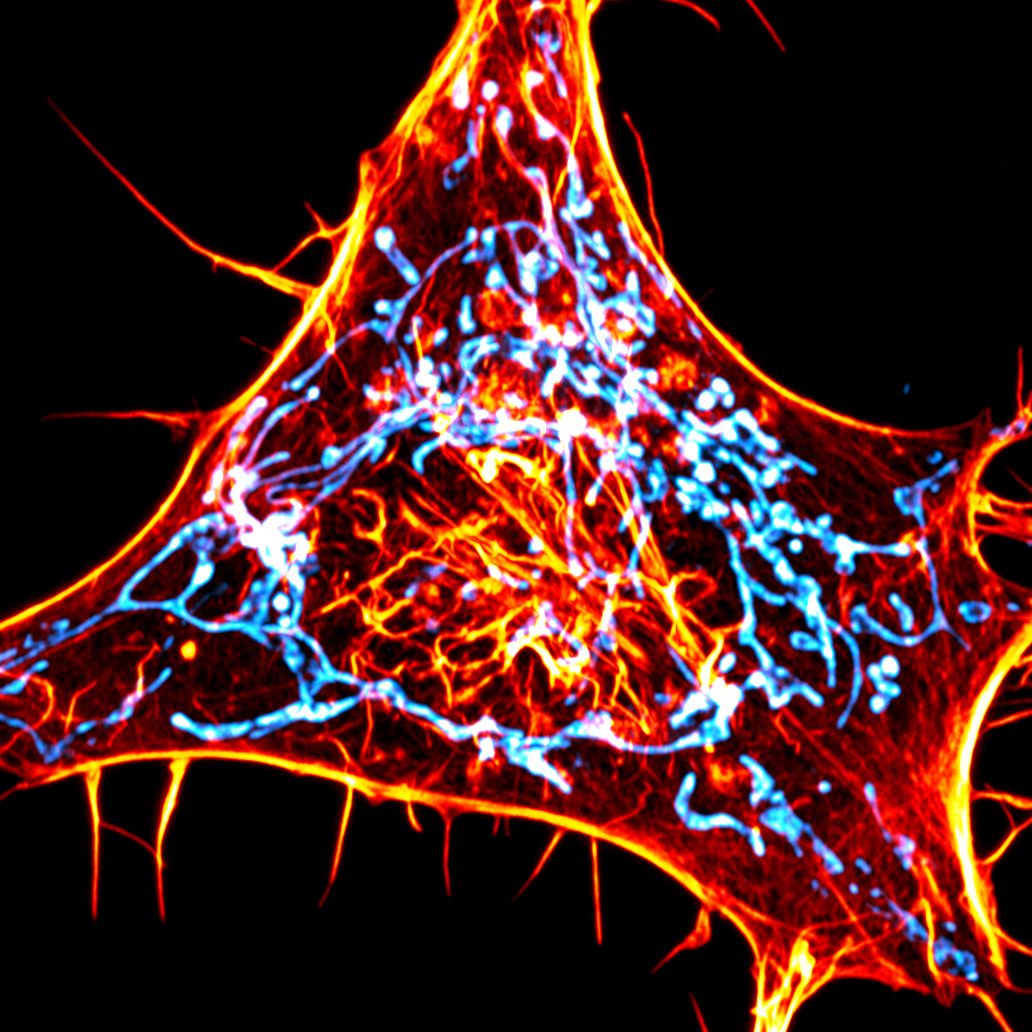
LA JOLLA—While your skeleton helps your body to move, fine skeleton-like filaments within your cells likewise help cellular structures to move. Now, Salk researchers have developed a new imaging method that lets them monitor a small subset of these filaments, called actin.
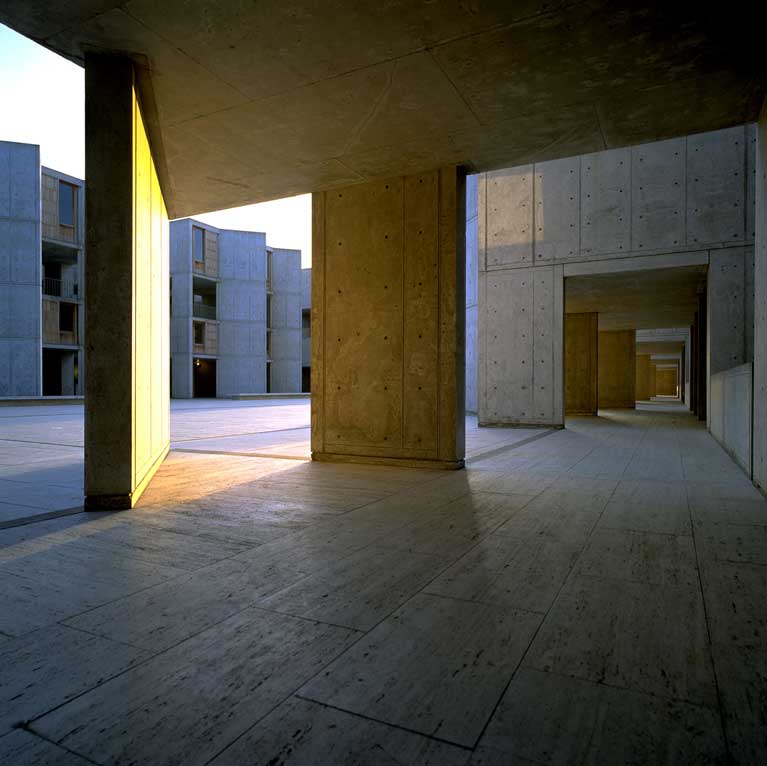
LA JOLLA-People with bipolar disorder experience dramatic shifts in mood, oscillating between often debilitating periods of mania and depression. While a third of people with bipolar disorder can be successfully treated with the drug lithium, the majority of patients struggle to find treatment options that work.
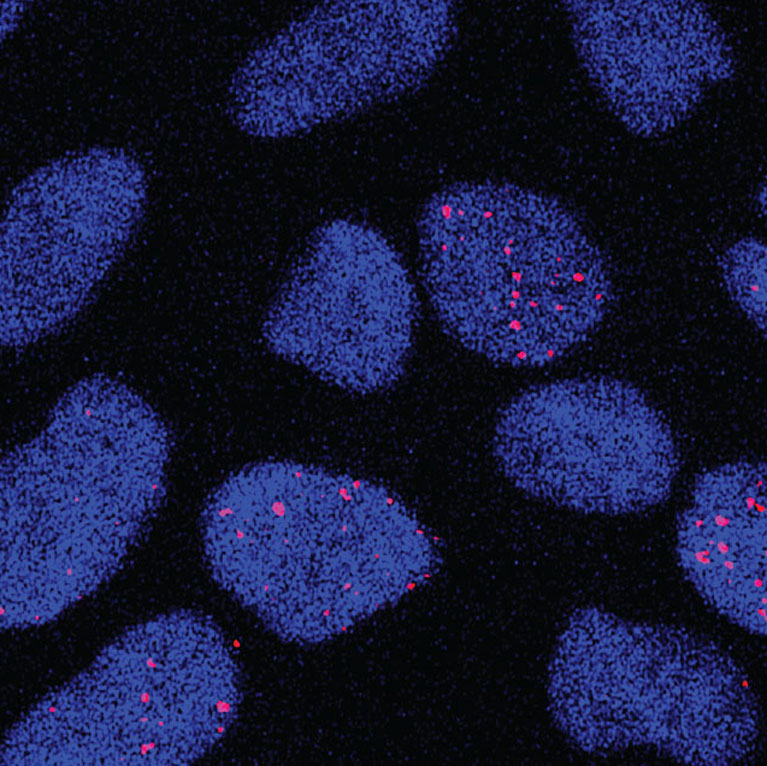
LA JOLLA-Researchers at the Salk Institute have discovered a unique pattern of DNA damage that arises in brain cells derived from individuals with a macrocephalic form of autism spectrum disorder (ASD). The observation, published in the journal Cell Stem Cell, helps explain what might go awry in the brain during cell division and development to cause the disorder.

LA JOLLA-Salk Professors Joanne Chory, Joseph Ecker, Ronald Evans, Rusty Gage, Juan Carlos Izpisua Belmonte, Terrence Sejnowski, Reuben Shaw and Kay Tye have been named to the Highly Cited Researchers list by Clarivate Analytics. The list selects researchers for demonstrating “significant and broad influence” reflected by the production of multiple highly cited papers that rank in the top 1 percent by citations for field and year.
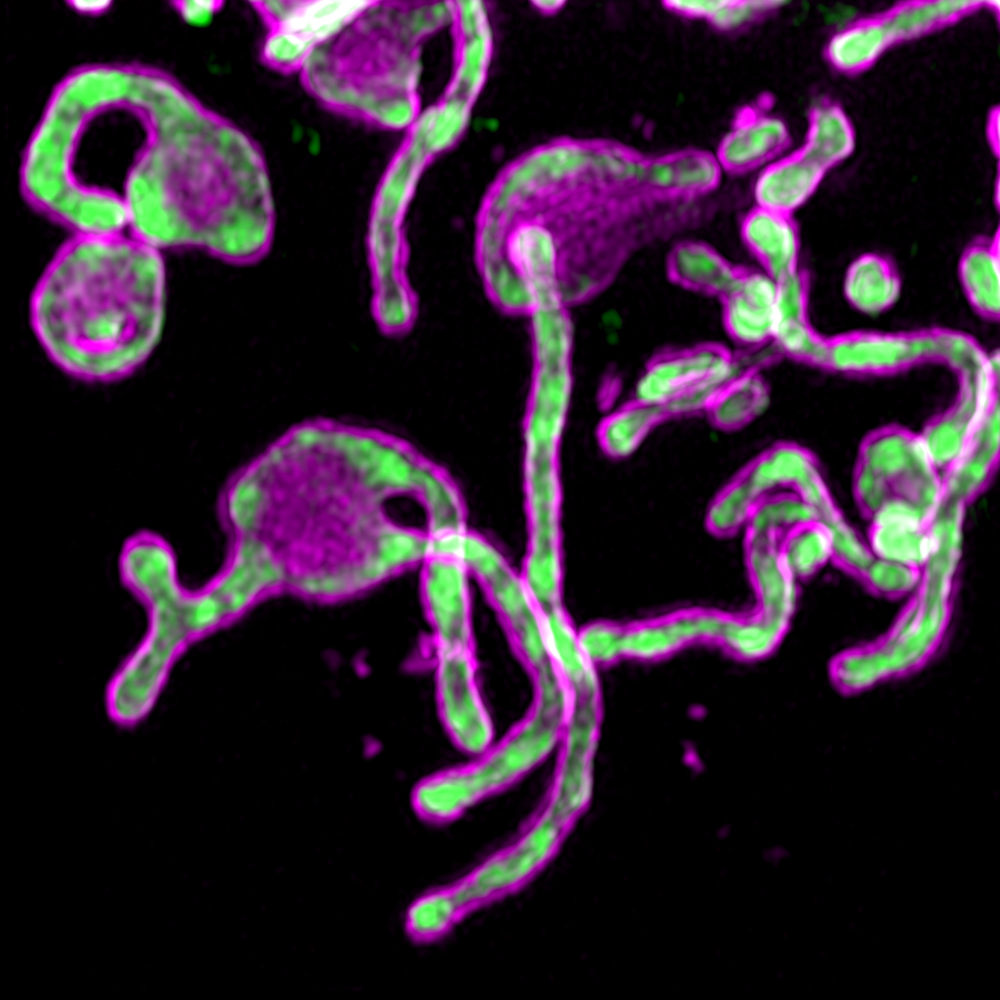
LA JOLLA-As the tools to study biology improve, researchers are beginning to uncover details into microproteins, small components that appear to be key to some cellular processes, including those involved with cancer. Proteins are made up of chains of linked amino acids and the average human protein contains around 300 amino acids. Meanwhile, microproteins have fewer than 100 amino acids.
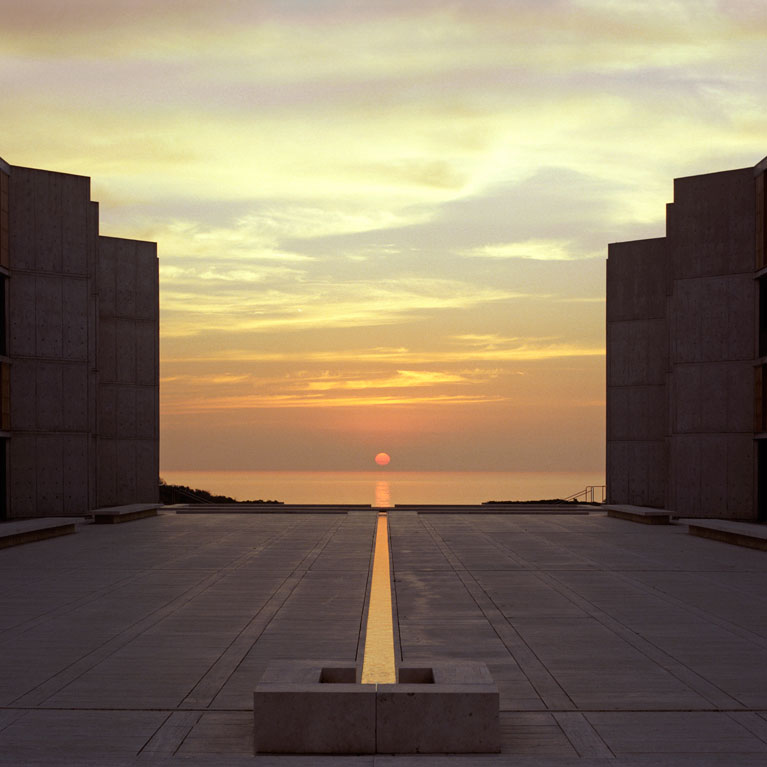
LA JOLLA-A team of Salk scientists led by Professor Martyn Goulding has been awarded $14.3 million over five years by the National Institutes of Health (NIH) to create a high-resolution atlas of how the mouse brain generates and controls skilled forelimb movements, such as reaching and grasping.
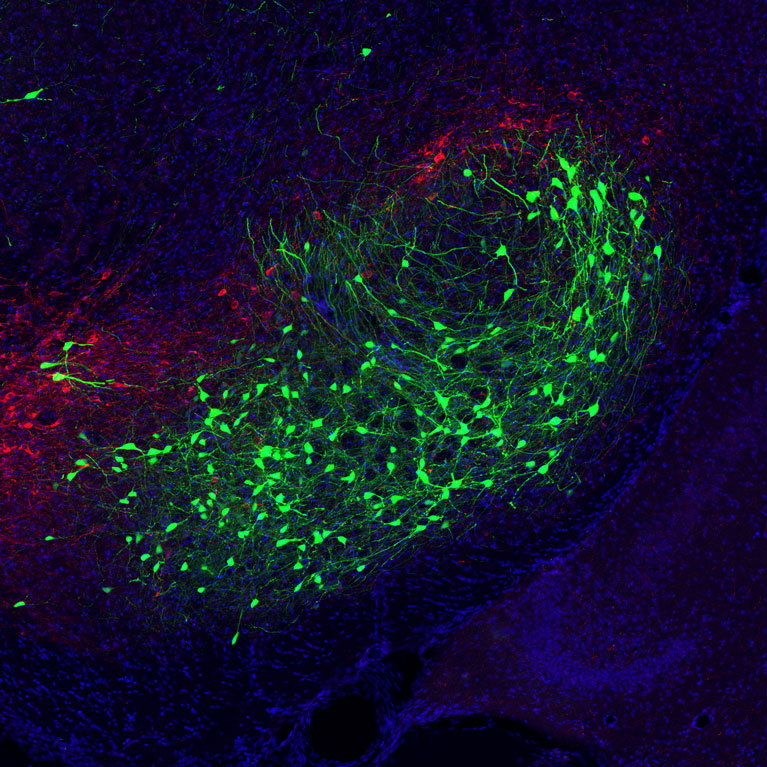
LA JOLLA-During high stress situations such as making a goal in soccer, some athletes experience a rapid decline in performance under pressure, known as “choking.” Now, Salk Institute researchers have uncovered what might be behind the phenomenon: one-way signals from the brain’s emotion circuit to the movement circuit. The study, which was published online on September 6, 2019, in eLife, could lead to new strategies for treating disorders with disrupted movement, such as obsessive-compulsive disorder, anxiety and depression, along with aiding in recovery from spinal cord injuries or physical performance under pressure.
How do mRNA vaccines work?
Video created by Biophotonics Graduate Student Nicholas Nelson
Novel Molecular and Computational Tools for Studying Organelle Dynamics – November 13, 2020
Uri Manor, Director of the Biophotonics Core Facility and Staff Scientist
A new way to see actin in action, hearing as others don’t, and saved by the guitar. – August 18, 2020
To Uri Manor, the Salk Institute, where he directs the Waitt Advanced Biophotonics Core and does his own research, feels like the perfect scientific home. “I love interdisciplinary science,” he says. “I always knew I wanted to use physics in biology.”
Nature.com
Episode 015: Where Cures Begin – Uri Manor – June 26, 2020
Uri Manor is a staff scientist and the director of the Waitt Advanced Biophotonics Core Facility. He primarily focuses on integrating and applying imaging technologies to study problems of critical biological significance. On this episode of Where Cures Begin, Manor talks about the importance of high-end microscopy; what mitochondria are doing in our cells; and how childhood hearing loss has affected his life.
Click here to listen»
Super-Resolution and Functional Imaging Seminar – March 10th, 2020
Salk scientists link rapid brain growth in autism to DNA damage
La Jolla Light »
30th Annual March of Dimes High School Science Day – Feb. 29, 2020
The machines are learning, and so are the students
The New York Times »